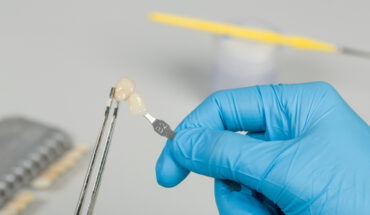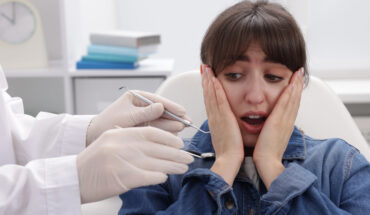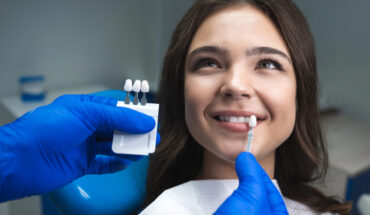
A perfect smile conveys to the entire world that you are a confident and happy person. Having a thorough dental checkup and visiting an orthodontist, when required, ensure that your pearly whites are in the right condition.
According to the latest researches, about four million individuals have braces. The biggest percentage of orthodontic patients is kids, but adults also opt for orthodontics. The introduction of invisible braces and brand-new technology that speeds up the procedure of moving teeth contributes to an escalation in interest from adult patients.
Crowding, teeth straightening, proper alignment of the jaw and teeth, curing an overbite or an underbite are a few common reasons to look out for orthodontic care. To know what sort of training the orthodontists have, please go through the given discussion.
Start With College Preliminary Courses
Fitting Invisalign, braces, or Smilestyler, an orthdodontist’s work is high satisfaction. But, before you get to work as an orthodontist or even start orthodontic training, you must procure a college degree.
The preparation comes from the degree in hard sciences such as chemistry or biology. You should also consider a pre-dental program acceptance to which is quite competitive. A powerful academic record, in addition to references from the teachers, will allow you to secure a spot in the dental school.
Learn the Ins and Outs of Dentistry
Manual competence is a necessity in the dental profession. The orthodontists should execute fine-tuned and tedious work in the smallest confines of the mouth. Exercising the muscles and honing the fine motor skills will let you gain a strong footing in dentistry.
During the introductory course, you learn about preventive dentistry and dental anatomy. Patient contact does not happen in the first year, but you will have the chance to start practicing the fundamental procedures in a clinical setting.
During the second year, you must encounter difficult classes such as dental pathology and practice teeth cleaning or take teeth impressions on your fellow students. At the end, you have to take the National Board Examination.
In the last year, you will be spending a substantial amount of time in the clinical setting practicing your skills on real patients. It also includes special courses such as pharmacology and pediatric dentistry.
Take the Examination
When you are done graduating from orthodontist training, you must take an orthodontics examination conducted by the American Board of Dentists. The exam is categorized into four parts, and a couple of topics covered here are oral surgery, restorative dentistry, developmental anatomy, occlusion, etc.
The clinical segment of the examination tests if you are capable of handling a patient case, starting from the diagnosis to treatment.
After you have gone through the three steps stated above, you may end up as an orthodontist in a prestige inner-city clinic. If one plans on going into private practice, they may have to be business savvy, besides possessing orthodontic skills.
Becoming an orthodontist is an appealing career option. Expect steady income and regular hours. Usually, the appointments are approximately ten to fifteen minutes, except for patients having braces for the first time. In order to remain licensed, all orthodontists must complete continuing education courses.




